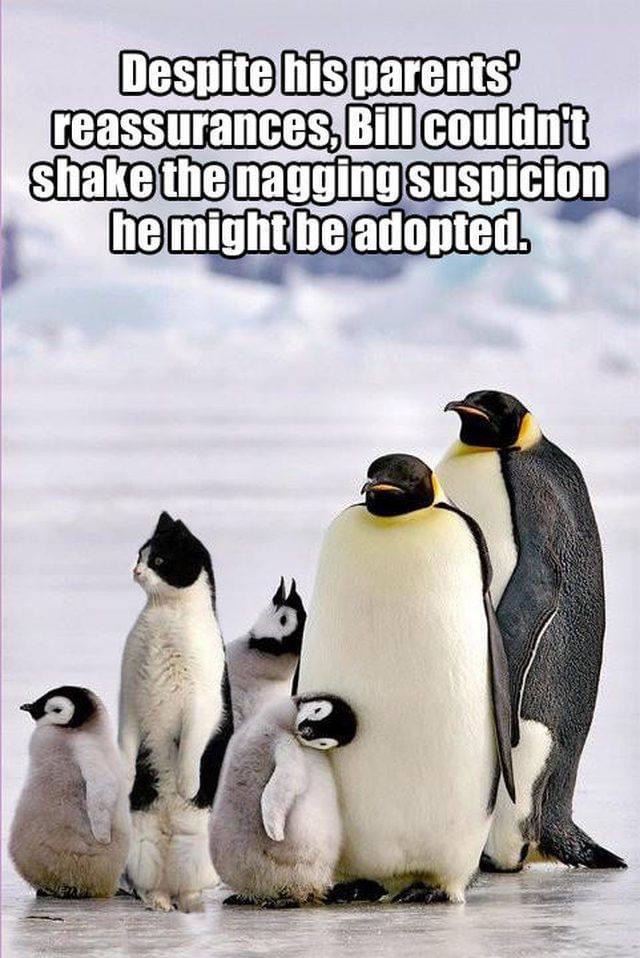- Home
- MURAnews
- Previous issues
- Spring 2017 - present
- Summer 2022
MURAnews Summer 2022
MURAnews Summer 2022 issue in PDF format / in accessible PDF format
In this issue:
What's Happening at Mac, cont'd
|
President's Corner
The last two plus years have been difficult for us all. At MURA we have met virtually, and have missed out on making personal connections through in-person regular council meetings and special events with our members. I have learned that the dynamics of a meeting are totally different when it is virtual, and much less satisfying, although more efficient, than meeting in person. I am very hopeful that we will be able to leave the virtual world behind over the next year. We have committed to an in-person holiday lunch in December and are hopeful that other events will be in person later in the year. The MURA website (https://mcmaster-retirees.ca) is a great source of information for our members. It includes sections on events, pensions and benefits, issues of this publication, and news of interest to retirees, including opportunities to volunteer for research studies. I encourage you to explore the site. McMaster University Retirees Association is proud to have a history of welcoming all retirees as members. There are no membership fees because we receive operating grants annually from the university and relevant union local organizations. MURA is run entirely by volunteers, many who have many years of taking on roles to ensure our success. We owe these stalwarts a huge thanks for their efforts, as they have made MURA successful. Much of the work is divided into smallish chunks so as not to overwhelm volunteers. The website contains a listing of our council members, as well as our committees and liaisons to external committees and organizations. We are looking for a few folks to help out in some places. Our needs right now include:
A terms of reference/role description exists for each of these. If you are interested in learning more about any of these, please connect with me through one of the methods below. To reach us, the email address is mura@mcmaster.ca, and the phone number is (905) 525-9140 ext. 23171 (messages checked weekly). You can reach me directly at birnie@mcmaster.ca or (905) 870-2500. I am looking forward to leading MURA through a successful year. Susan Birnie News from MURA2022 MURA Annual General MeetingBy Nora Gaskin
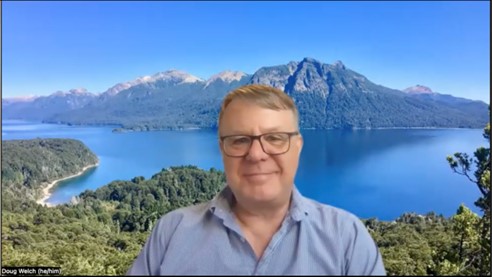 Dr. Doug Welch, Professor of Physics and Astronomy, Vice-Provost, and Dean of Graduate Studies gave an interesting presentation on “Listening to Nature - All Day and All Night - in McMaster Forest”. Doug began by thanking MURA for funding the MURA graduate scholarship, an initiative that he said is especially welcome in these inflationary times. Dr. Doug Welch, Professor of Physics and Astronomy, Vice-Provost, and Dean of Graduate Studies gave an interesting presentation on “Listening to Nature - All Day and All Night - in McMaster Forest”. Doug began by thanking MURA for funding the MURA graduate scholarship, an initiative that he said is especially welcome in these inflationary times.Where is McMaster Forest? Doug explained that the forest, though not very well known, is about 138 acres owned by McMaster, bounded on the east and south by Wilson St. E. and Lower Lion’s Club Rd., and to the north by the Monarch Trail, and can be entered most easily at 1105 Lower Lions Club Rd. It has a variety of different habitats, including prairie, meadow and forest, and has marked trails that can be circumnavigated in about 45 minutes if you don’t mind stepping over a few tree stumps. He reported that the University Planning Committee recently passed a motion to change the property’s name to the McMaster Nature Forest Preserve. Welcome New Council Members!
I retired in 2016 and since then have continued my academic research and writing. I have also become an avid, although not very good, swimmer in between trying to repair my (lawn?) grass as quickly as it is dug up by squirrels and racoons.
Retirees in the NewsBy Marcia MacAulay Alba DiCenso, McMaster graduate, retiree, and Professor Emerita in McMaster’s School of Nursing and Health Research Methods, Evidence, and Impact department was recognized with an honorary degree at the School of Nursing Convocation on May 26. She is known internationally for advanced practice nursing. DiCenso has trained, mentored and supported hundreds of nurses during her time at McMaster University. She served as the director of the Ontario Training Centre in Health Services and Policy Research (OTC) for a decade. DiCenso has received the Distinguished Alumni Award from McMaster and has a professorship at the University in her name. Her commitment to health and education earned her the Order of Canada in 2014. Welcome New Retireescompiled by Kathy Overholt Recent Passingscompiled by Kathy Overholt David Conn, Electrical Engineering, Mar 1/22 J.P. (Jack) Evans, University Services & Secretariat, July 18/22* George Hanas, Nuclear Reactor, May 23/22 *A tribute to Jack Evans will appear in the Fall 2022 issue of MURAnews. **See the Department of Economics tribute, “Remembering professor emeritus Stuart Mestelman” and his family’s establishment of the Stuart Mestelman Scholarship Fund From the MURA ArchivesSocial Activities and TripsBy Mary Johnston The minutes of MURA’s first AGM in 1986 reflect the association’s focus at that time on social activities for retirees. The previous year’s events had included a corn roast, golf game, Christmas party and travel film, with a dinner at Canterbury Hills and barbecue added by 1988. These events became regular fixtures in MURA’s calendar for several years.
|
Contacting MURAMail: Gilmour Hall B108, McMaster University, 1280 Main Street West, Phone: (905) 525-9140, ext. 23171 (voicemail is checked once a week) Email: mura@mcmaster.ca |
What's Happening at Mac
Back to Mac – Update
By Helen Barton
At the time this issue of MURAnews was being prepared, July 15, 2022, McMaster’s COVID-19 website reported the following:
- McMaster’s masking mandate is paused but masking is strongly encouraged, especially in indoor settings
- The vaccination mandate for staff, faculty, students, and visitors is also paused, but the University strongly encourages its community to get vaccinated and stay up to date on the boosters they are eligible to receive, and to upload these to MacCheck. MacCheck is currently optional, and daily COVID health screening is no longer required in the MacCheck tool.
- Stay at home if you’re feeling unwell
- Visitors to hospital sites must follow the requirements of those sites
Brighter World
Latest Research in Infectious Diseases at McMaster
By Dawnelle Hawes
In the last issue of MURAnews, we introduced Brighter World as a rich source of information on the latest ground breaking research at McMaster. The focus of this issue is the Infectious Disease channel.*
*Reminder: the channels can be found at the bottom of any Brighter World webpage.
1. Going all the way: Scientists prove inhaled vaccines offer better protection than nasal sprays
A research study has recently compared inhaled aerosol with nasal spray vaccines. Researchers found that aerosols were superior to nasal sprays at providing better broad protection “against respiratory infections including TB, COVID-19 [including SARS-CoV-2 Omicron subvariants], and influenza.” The study showed solid “preclinical” evidence that there was a stronger immune response when the vaccine was delivered directly into the lungs. Nasal sprays supply the material only to the nose and throat. The research team includes an international network of researchers from government, industry, health care and other partners. The goal of this group is to find solutions for the current pandemic at the same time as preparing for similar “global health threats” in the future.
2. Monkeypox and COVID show the need for global health efforts: Experts weigh in
Monkeypox is not a new virus, but previous transmission had focused mostly on West and Central Africa. The spread of this virus usually comes from short-term and close personal contact with an infected person. “That includes skin-to-skin contact and contact with open sores, especially when people are going through the pox phase” which is incredibly infectious, says Zain Chagla, associate professor, Medicine at McMaster. Symptoms (such as a flat red rash that can appear anywhere on the body) seem to develop within a week or two after contact and result in one to five days of feeling ill.
In the last couple of months, however, there has been a group of new cases that seem to be atypical (e.g., symptoms, source) and may be misdiagnosed. The disease in these instances was not acquired through the usual geographical or medical transmission links to that part of the world.
The arrival of monkeypox has highlighted the need to recognize “global health as a global community”, say Chagla and Karen Mossman, virologist and professor of pathology and molecular medicine at McMaster.
3. In the News: Manali Mukherjee on long COVID
Immunologist Manali Mukherjee, assistant professor in the Respirology Division of the Department of Medicine at McMaster, has been waiting for a year to return to “feeling normal” after being infected with COVID-19. The disease has had an effect on her concentration, memory, and capacity to multitask. Despite personally struggling through each day, she remains optimistic that most people will recover if cared for properly. This could take six months or 12. Long COVID does not automatically result in a lifetime of symptoms.
Mukherjee is also lead researcher for a study at McMaster investigating long COVID and its causes. Post-viral symptoms are not exclusive to COVID-19. Syndromes like this happened previously with other coronaviruses, even the flu. The pandemic, however, has given rise to an increased awareness of the impact of a pandemic at the government level and within the medical community, and has driven massive research efforts on the disease.
Computer Tips & Tricks
Trend Micro Antivirus Software
by Nora Gaskin
It is important to guard against viruses and other types of malware, which can cause significant damage to your computer (such as steal, encrypt, or delete your data, alter or hijack core computer functions, or spy on your computer activity without your knowledge or permission). There are many antivirus programs available, at a range of prices. One economical option to consider is Trend Micro Internet Security, which is available to McMaster retirees from the McMaster University Campus Store for $13.50 per year, compared to a typical market price of $39.99. The license covers one Windows PC or Mac.
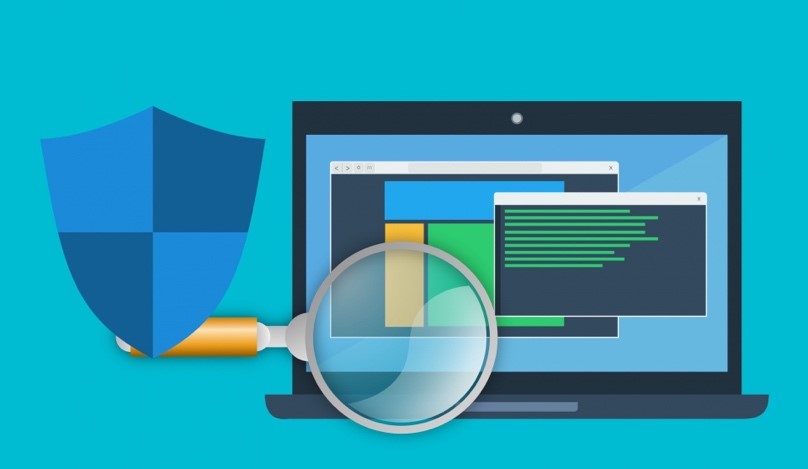 Trend Micro is McMaster University’s official internet security software. It fares reasonably well on sites that rate antivirus software. Cybernews, for example, says: “Trend Micro Antivirus software generally scores well in tests. It is considered to be highly effective in identifying, blocking, and eliminating malware with minimal impact on the overall performance of systems.”
Trend Micro is McMaster University’s official internet security software. It fares reasonably well on sites that rate antivirus software. Cybernews, for example, says: “Trend Micro Antivirus software generally scores well in tests. It is considered to be highly effective in identifying, blocking, and eliminating malware with minimal impact on the overall performance of systems.”
If you are interested in purchasing a license, you can do so online at the McMaster University Campus Store. A valid MacID is required to complete the purchase. Once you have purchased the license, you will receive an email with instructions for downloading and activating the software. License codes for activation of the Trend Micro software can also be purchased in person at the McMaster Campus Store, at the computer sales counter. A valid university ID card is required to purchase the software license in-store.
Other types of antivirus protection may be available through your email provider (e.g., Cogeco) or by online purchase.
There is also good free antivirus software available. PCMag named its top five free antivirus programs for PCs in 2022 as Avira, Avast, AVG, Bitdefender, and Microsoft Defend, and Comparitech identified Avira, Avast, Bitdefender, Sophos, and TotalAV as the top five for Macs.
If you choose one of the free packages, please read the information carefully to determine what protection the package does and does not offer. When downloading a free package also read the instructions very carefully, as it is easy to download the professional (not free) version unintentionally. The free packages tend to provide good protection without the bells and whistles. Some will require you to register, and many will include advertising.
Whatever you decide, make sure you first uninstall your previous antivirus program (if any) before installing your new one, and beware of using the internet without an antivirus program.
Your Money/Your Health
Retiree Benefits Reminder
The benefit year-end is June 30th. Be sure all benefit claims dated from July 1, 2021 to June 30, 2022 are submitted to Sun Life no later than September 30, 2022. Late claim submissions will not be reimbursed.
Review all responses you receive from Sun Life and follow up with them at 1-800-361-6212 if there is any question regarding accuracy (e.g., denial of a claim due to excess of maximum limit).
If you still have questions regarding your benefits after contacting Sun Life, please contact the HR Service Centre at 905-525-9140, ext. 22247.
For more details on your benefits and how to submit claims electronically, visit: https://hr.mcmaster.ca/retirees/.
Maintaining Physical and Mental Fitness During Retirement
By Dawnelle Hawes
The pandemic has negatively impacted a whole segment of the population not only physically but mentally. I undertake physical activity equally for my mental well-being as my physical fitness. Physical activity can be a form of meditation. Until more recently, I didn’t realise that.
Research has shown that people already know about the benefits of physical activity and certainly do not have to be “shamed” into it. Shaming doesn’t work well to provide any kind of commitment.
So…If physical activity is “so good for us”, then why don’t we engage more in it? The Brighter World website recently addressed this dilemma in an online article, “Research shows myriad benefits of exercise…so why don’t we move more?” It states:
| “Human beings are capable of quite intense physical activity…but that doesn’t mean we were built to like it.” |
Armed with this knowledge, how do we get around the “not-liking-it” part of physical activity? In response, I thought I would offer the following as some of my own personal strategies to “overcome my inertia.” You may find some that appeal to you or that you feel you could implement.
My Personal Approach for Maintaining Physical and Mental Well-being
1. Write down physical activity “appointments” with yourself on a calendar, either on paper or on your phone. Having a plan gives you a mental boost of having some sense of control.
During the pandemic when I seemed to have little control over what was happening, I started to plan my physical activity in a weekly/monthly spiral-bound planner (old-school with pencil and paper). I find it motivating and efficient to plot my days for physical activity by consulting the weekly weather forecast. I allot “fair weather” days for outdoor activities (biking, walking, even skating this past winter) and indoor workouts for windy, cooler or rainy days. I then plan my days around that, as much as I can. I am more likely to do the activity and benefit from it that way. I can “flex” the time, if I am working and can’t stop, but I make sure to do it at some time during that day.
I plan my physical activity days so that there is muscle recovery built in, as well as variety in the activities I do each day. I try to do something “active” every day, but 3-4 times a week is also a reasonable goal.
2. Encourage stretching for flexibility by using a timer and distraction. Feeling better mentally by finishing with a quieter, physically beneficial activity.
I also try to build in time for stretching post-workout. This is probably my least diligent area, even though I understand the vital importance of “putting muscles back to pre-exercise resting length.” As a strategy, I sometimes watch Netflix as a distraction and pre-set a countdown timer (1-2 minutes) on my phone to increase the likelihood of extended and balanced stretches. I try to cover at least the major muscle groups that are particularly tight on me (shoulders, hips, calves, front of thighs).
3. Negotiating with myself. A feeling of accomplishment gives a mental boost.
Particularly on days when I would rather nap than exercise, I negotiate with myself. I give myself “permission” to do just “xx” minutes, picking a “reasonable, doable” number for “xx” that particular day. The length of time is based on how I am feeling (my biggest challenge is overcoming tiredness). I find that, once I get started, I inevitably do more and go longer than the length of time I have “negotiated” with myself. All during the activity though, I am likely to be mentally renegotiating the activity with an “OK, if you feel like continuing, do only xx more minutes.” If I reach that goal and still want to do more, I make a new SMALL goal. I often laugh at myself saying, “You are so gullible!”
I believe one of the secrets for anyone who is interested in more physical activity is thinking in small steps, or mini-goals. I suspect that people often want to achieve goals that are too big or ambitious. Such thinking can become a “self-fulfilling prophecy” destined to feelings of discouragement or failure – for example: “See, I KNEW I couldn’t do this!” This feeling contrasts to the optimism and joy I feel when I accomplish (or even manage to exceed) the small steps that I set.
4. “Tricking” myself into physical activity. Mental satisfaction in overcoming my own reluctance or resistance.
On days when I am REALLY struggling to get motivated, I pull out all my weight equipment (what a “mishmash” that is!) or I prop my bike by the front door, or I put out my walking shoes so that I practically trip over them. In other words, I am trying to coax or motivate (shame?) myself into doing something. Then Key #3 comes into effect: negotiate. “OK, but I will do only xx minutes or xx different exercises.” Yes, the same thing happens. Once I start, I feel I might as well do the whole walking/biking route or routine since I am “doing it” anyway. Inevitably I renegotiate as I go! What a mental boost I get when I have finished!
5. Not thinking about it for too long. Self-pride goes a long way toward a feeling of confidence.
When I put out my bike, or my walking/hiking shoes, I often get myself dressed and ready before I have too long to talk myself out of it. I am very human in struggling with huge internal resistance. As a result, I end up practically “throwing” myself out the door before I can change my mind. With my weights, I just put on the video and start. When I return or finish, I inevitably feel exhilarated, mentally as well as physically. There is a sense of accomplishment and self-pride that is hard to beat.
6. Maintaining well-being does not have to be expensive. Money does not need to be a barrier to maintaining optimal mental and physical health.
Walking, biking, or hiking requires no gym membership and no special equipment - except maybe a bicycle or good walking shoes for comfort and support once you have increased distance or time.
courtesy of Meanwhile in Canada
When to Cut Back or Stop Driving due to Age-Related Changes?
By Ellen Ryan
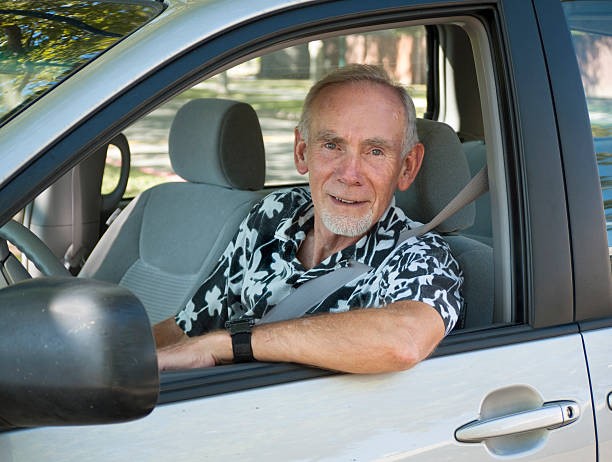 Do you remember when you thought one of your parents should consider not driving anymore? Have you stopped accepting rides from one friend, and then another, because their driving behaviours kept you on edge?
Do you remember when you thought one of your parents should consider not driving anymore? Have you stopped accepting rides from one friend, and then another, because their driving behaviours kept you on edge?
Do you remember saying to your friends or siblings that you hoped you would be better prepared to stop driving when the time came?
Driving is important for many of us for connecting with family and friends, for shopping and other errands, for medical appointments and for participating in our community. In addition, losing our driver’s license can contribute to a deep loss of identity, especially when age-related changes are already pecking away at our sense of competence.
For years we have probably taken our ability to get around by car for granted. How can we practice good driving health as we age?
Age-Related Conditions Affect Driving Safety
Health-related changes that impact our behind-the-wheel abilities include cognition, vision, hearing, flexibility, movement, and strength. Medications can also reduce driving abilities.
These changes do not happen at any particular time, but they are more and more likely as we age. Many people notice vision, decision-making, attention, and flexibility changes by the age of 70, even more by the age of 80. We can still drive safely with modest changes. Sometimes, driving becomes difficult because of minor changes in several areas.
Smart Car Features Can Assist Older Drivers (from the McMaster Optimal Aging Portal)
When my husband and I went to purchase a new car this past year, we looked for smart car features that can assist older drivers. Our new car has a backup camera with a wider view, which picks up pedestrians and cyclists from a distance as well as cars. The screen is easier to see, especially in the sunshine.
New features for us are automatic lights, parking brakes, and windshield wipers resulting in fewer aspects of driving to keep track of. Yet, the driver has to be vigilant in case one of these features does not work as required.
What we most appreciate are the warning signals regarding lane changes – lights on the left and right mirrors to warn when a lane change is unsafe.
When planning to change vehicles, older adults should study reviews of current safety features available on various models.
 Ontario Test for Drivers over 80 years of Age
Ontario Test for Drivers over 80 years of Age
In Ontario, we now have the help of required tests of brain health for drivers over 80. The Clock and Visual Search tests are easy to pass for healthy older adults but increasingly tough for those with cognitive impairment. Failing does not mean loss of license, but a road test. Another chance to show continued skill in driving.
Also required is a workshop on defensive driving, during which the facilitator encourages older adults to continue driving if they are still able. Moreover, tips are offered, such as doing neck exercises before taking the wheel; taking 3 right turns to avoid a regular, but challenging, left turn; and avoiding night driving while awaiting cataract surgery.
Making a Plan for Retiring from Driving – or reducing our driving
McMaster Optimal Aging Portal offers this brief lesson for driving health.
The best person to initiate the question about safe driving is the driver themselves. We need to prepare to drive (checking seating and mirrors, perhaps doing neck stretches, thinking about destination and route ahead of time). We can learn to be aware of how we are doing.
Warning signs of unsafe driving (from the CAA) include:
- Have I been issued two or more traffic tickets or warnings in the past two years?
- Have I been involved in two or more collisions or “near misses” in the past two years?
- Do I have difficulty working the brake and gas pedals?
- Do I occasionally miss stop signs and other traffic signals?
- Do I weave between or straddle lanes?
- Do other drivers honk or pass frequently, even when the traffic stream is moving relatively slowly?
- Do I get lost or disoriented easily, even in familiar places?
Options if We Think We Might Be an Unsafe Driver
- Many older drivers voluntarily scale back on driving – avoiding night driving, avoiding highway drives or long-distance driving. This can be a good idea, though building up skills might be a better strategy. In an emergency, we are in trouble if we have not been doing much driving.
- We can take a defensive driving course or talk with a health care professional.
- The St. Elizabeth Driver Assessment and Training service is offered in Hamilton. Referral by a health professional is expected. Email: driverinfo@sehc.com.
The St. Elizabeth Driver Assessment has three parts:
- In-Clinic assessment by an occupational therapist, which might include the use of a computer test, the DriveABLE Cognitive Assessment Tool (DCAT);
- On-Road assessment;
- Feedback session (which might include a recommendation for training).
Developing Alternatives to Driving
- Some older adults take the bus from time to time so that they would be comfortable if they needed to rely on transit.
- Sharing rides helps us become familiar with the joys of driving together.
- Seniors planning to relocate should keep transit availability in mind.
- One can learn about subsidies for taxi rides and get accustomed to using Uber-type services.
- In some cases, individuals keep their car and arrange for a family member or paid helper to do the driving.
- Offering rides now to friends is a strategy to build up a network of friends ready to give rides when the day comes that you don’t drive.
Further Learning
Changing Gears: Making a Plan for Retiring from Driving
Canadian Automobile Association – Transitioning into Safe Seniors’ Driving
Smart In-Vehicle Technologies Can Improve the Comfort and Safety of Driving for Older Adults
Parking on CampusPermit Expiry Renewal ReminderRetiree parking permits are issued on a 12-month basis and must be renewed annually. Renew prior to your expiry date by email, phone or by postal mail. Your transponder number is on the front of your transponder. If you have questions or have not made a note of your expiry date, please contact McMaster Parking Services by email at parking@mcmaster.ca or at 905-525-9140 ext. 24232. Note that central-campus parking (with a transponder) is available to McMaster retirees as follows:
A note to retirees without parking transponders Free parking on campus is available to retirees. To take advantage of this perk, and to view retiree parking access, go to the McMaster Parking Services web page. Due to COVID-19, the Parking Office is accepting permit applications by email only. For further information, please contact Parking Services. |
Members' Corner
The views and opinions expressed in Members’ Corner are those of the authors and do not necessarily reflect the official policy or position of MURA Council.
Travelling Companion
Our day on Fogo Island began with strong winds and a radio warning from St. John’s that the tail-end of a hurricane would be passing through. Even without the forecast, however, we knew the outlook was serious because Fogo Islanders had taken down their wash. The sky darkened and a wind-driven slantwise rain began and continued until the late afternoon. When it stopped, we walked out in the evening air, and encountered a local man. I remarked “That was quite a storm,” to which he amiably replied that it had been just “a dun wind and a drap o’ rain.”
We understood the understatement “drap,” but what was “dun”? The Dictionary of Newfoundland English, which we had bought along the way, had the answer. In Newfoundland and Labrador, the word “dun” has a minor meaning: “not up to expectations, disappointing.” The storm had far surpassed the expectations, however, of a pair of travellers from Upper Canada.
The Dictionary of Newfoundland English was an awkward and insistent travelling companion. It measures 25 cm. in length, 17 cm. in width, and is 4.5 cm. thick ⸺ too large and unwieldly to be tucked into a day pack or tucked in anywhere. Moreover, it is heavy and grew heavier as we lugged it around.But just how heavy? When back in Dundas, I took the Dictionary to Mickey McGuire’s Cheese Shop to be weighed. It came in at 3.01 pounds or 1.37 kg.
Mickey commented that as to density it resembled a block of extra-old Canadian Cheddar cheese of a similar size, or perhaps a Comté. Given its heft, it would make a good doorstop or soggy anchor.
Typeset in small print, it is 670 pages long. Its length is not altogether surprising insofar as the Dictionary comes with a full scholarly apparatus:Foreword, Preface to the First Edition, Preface to the Second Edition, Corrections to the First Edition, Supplement, Bibliography, Dictionaries and Other Works Cited, and an Alphabetical List of Collectors and Contributors. In addition, some words come with several contending definitions depending upon their various outport sources, and many words are accompanied by small stories. These are worth reading if you have good light and can find a comfortable position in your reading chair to accommodate both your person and the Dictionary.
If you are attracted by those television ads for Newfoundland and Labrador, pack your bags and go. The ads are a faithful representation of the sea and landscapes and people. But take a tip from recent travellers. Discard from your suitcase all frivolous stuff such as extra tops, spare pants, books, creams and lotions, town shoes, laptops, and even your cell phone. Bring a rain jacket, warm socks, and the Dictionary of Newfoundland English.
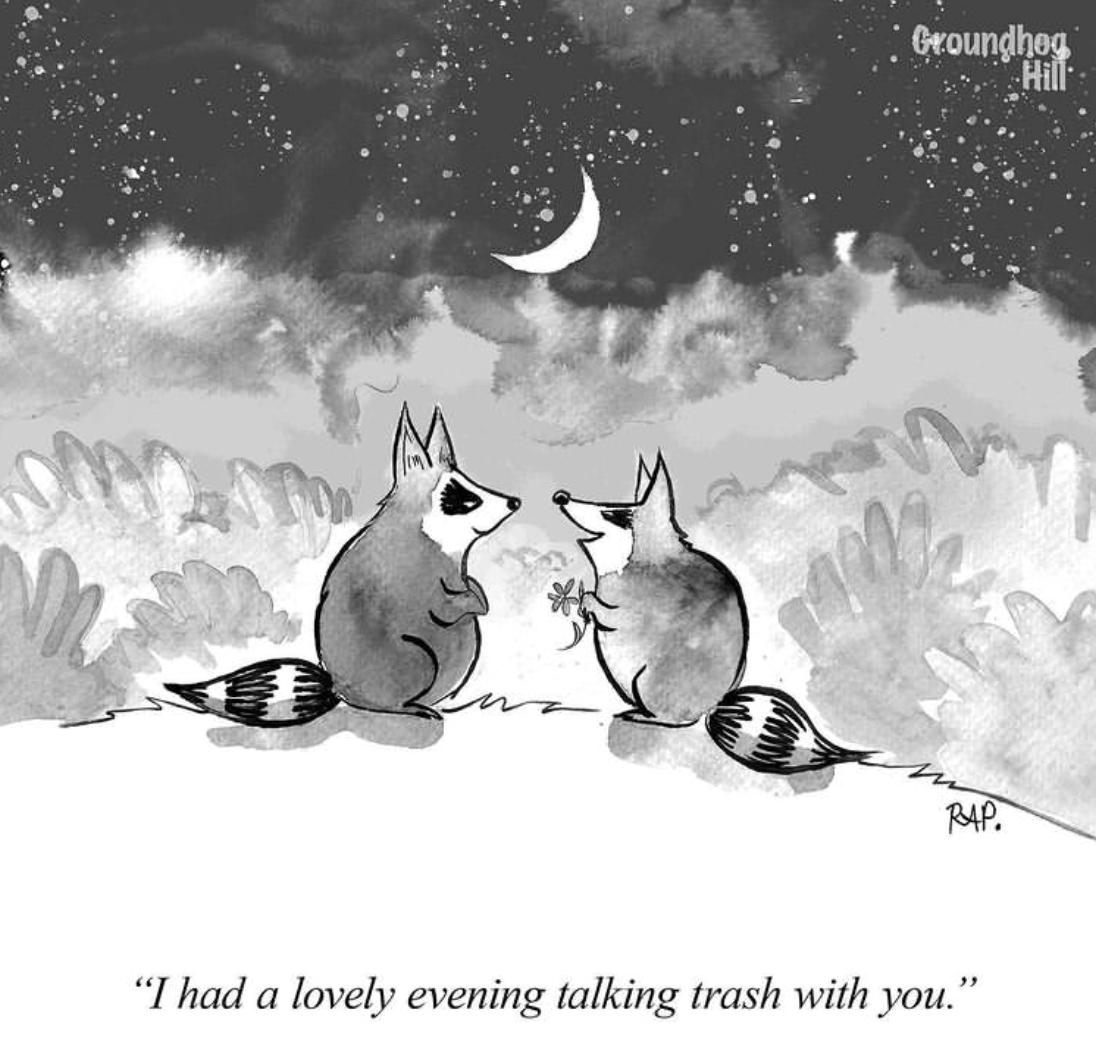
courtesy of Rose Anne Prevec
Instagram: @groundhog_hill
Personal Relaxation Strategy
By John Horsman
My contributions to these hallowed pages are usually health-related synopses of topics I think might be of interest to you, the good readers of MURAnews. Often, I take my cue from the McMaster Optimal Aging Portal 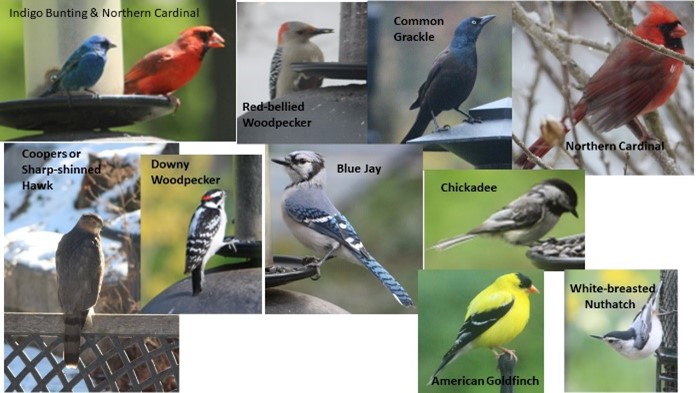 and try to summarize, to the best of my humble abilities, articles on topics such as aging and sleep; hypertension; osteoarthritis; walking and fitness trackers; music for health; and exercise and memory in the older adult. This issue I thought I might regale you with something a little different.
and try to summarize, to the best of my humble abilities, articles on topics such as aging and sleep; hypertension; osteoarthritis; walking and fitness trackers; music for health; and exercise and memory in the older adult. This issue I thought I might regale you with something a little different.
The other morning, I was sitting at my kitchen window watching the various and sundry birds, as well as the smallish four-footed critters flitting and scurrying around our backyard bird feeders and thought how relaxing and mindful it was just to sit there with my morning cuppa. It was so relaxing in fact 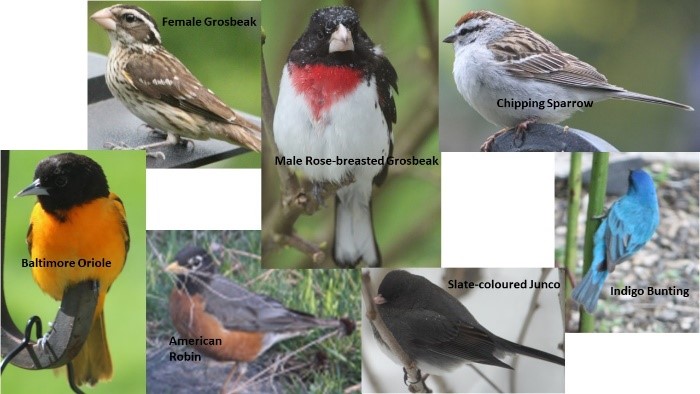 that I forgot about my sore back, tinnitus, and my pending dental appointment, at least temporarily. I like to take pictures of the birds that frequent the feeders every day throughout the year and I thought that you might find it enjoyable also to look at these backyard beauties and maybe, like that old song’s refrain to a blackbird, you can “pack up all your cares and woes”1 even if just for a few minutes. Most of the birds I can identify, but a few might be mislabeled. Apologies for any errors; they are entirely mine, and if you spot a misidentified bird let me know by writing to muranews@mcmaster.ca.
that I forgot about my sore back, tinnitus, and my pending dental appointment, at least temporarily. I like to take pictures of the birds that frequent the feeders every day throughout the year and I thought that you might find it enjoyable also to look at these backyard beauties and maybe, like that old song’s refrain to a blackbird, you can “pack up all your cares and woes”1 even if just for a few minutes. Most of the birds I can identify, but a few might be mislabeled. Apologies for any errors; they are entirely mine, and if you spot a misidentified bird let me know by writing to muranews@mcmaster.ca.
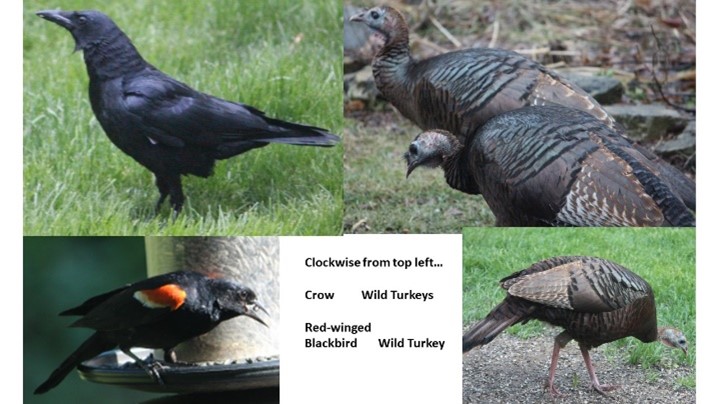 Of course, if you tire of bird watching there are a myriad of other creatures whose antics are a marvel to behold and help while away the time. Some of the 4-footed furry critters we have seen over the years include squirrels (black, grey, and red), chipmunks, rabbits, skunks, deer, raccoons, a weasel, mice, voles, moles, foxes and a coyote. A couple of creatures heard but seldom seen are tree frogs and crickets. Their choruses on warm spring evenings are pure delight.
Of course, if you tire of bird watching there are a myriad of other creatures whose antics are a marvel to behold and help while away the time. Some of the 4-footed furry critters we have seen over the years include squirrels (black, grey, and red), chipmunks, rabbits, skunks, deer, raccoons, a weasel, mice, voles, moles, foxes and a coyote. A couple of creatures heard but seldom seen are tree frogs and crickets. Their choruses on warm spring evenings are pure delight.
Well, I hope you enjoyed the pictures. I never tire of looking through my library of backyard flora and fauna. It is a very relaxing way to pass an hour on a cold,  dreary winter day or even on a warm sunny afternoon like today.
dreary winter day or even on a warm sunny afternoon like today.
1. Ray Henderson, composer; Mort Dixon, lyricist. Bye Bye Blackbird was written in 1926.
Learn Greek!
‘ελλω ανδ υελχομε το γρεεκ βρεακφαστ
[Hello and welcome to Greek Breakfast]
Ever wished there was just one Bible version - the true one, with all the correct words? There is!
We know (almost) the exact words of the New Testament, thanks to Eberhard Nestle (1851–1913), whose committees of experts have been examining all the manuscripts and agreeing on the original Greek text since 1880.
Yes, Greek! Jesus spoke Aramaic, Scribes spoke Hebrew, soldiers spoke Latin. But the secretaries who wrote it all down were Greek slaves, and we know exactly what they wrote. But what did it mean?
English translations are educated guesses, each flavoured by the outlook of its author. So reading only your favourite translation is like only watching Fox News. I wanted to time-travel back 2,000 years and look things up for myself!Asking at my church soon gathered four of us (schoolteacher, shrink, missionary, youth pastor) to share this journey. We met for Saturday breakfasts, hosting in turn - bagels at my place, Red River cereal at Craig’s, etc. McMaster’s Divinity College suggested textbooks. We chose “Machen” [Machen, J. Gresham. New Testament Greek for beginners (1923)], old but brief and succinct (brevity is not a modern virtue).
Small group learning is fun. A pleasant routine emerged: welcome, food, chat, read a chapter of Machen, battle with its test questions. A bit like doing a crossword together. Unexpected theological debates sometimes stretched to lunchtime. We read everything aloud (to hear is to remember). At one point we persuaded a Divinity College post-grad student to join us to help us pronounce weird words like “poreuo”. She was wonderfully patient.
Learning the alphabet was easy and fun - we wrote notes to each other in English using the Greek letters (see title, above). Did you know that our English letters u, v, w, and y are all versions of just one Greek letter, upsilon?Words were fairly easy, often close to English. “Ballo” means “I throw” - hence ball, ballet, ballistic. We made “flashcards” for the nouns. Learning to “conjugate” verbs was dimly familiar from school French (“ballo, balleis, ballei” = I/you/she throws). Greek has much simpler orthography, more like Spanish than English - you pronounce every letter of a word.
We finished Machen in a year or two. Half a million seminary students around the world are all studying Greek, so we also found much online help. Practicing was more difficult - putting a verse by your shaving mirror helped. Then we used an “Interlinear” Bible (English words underneath the Greek words). After 2 years we could read the Greek aloud, and understand the familiar parts. Paul, another member of our study group, wrote a computer app which displayed a random Greek verb, asked you to translate it, and corrected your answer.We then started reading the gospels, and continued for several years with other people joining us occasionally, until COVID put civilization on hold. It was a rare pleasure to compare theological insights from so many fascinating people.
Sometimes the original Greek paints a more vivid, intimate picture.
In Matthew 10:40, Jesus sends out his disciples to evangelize the locality, and says “He that receives you receives me”. The Greek word is “dexetai”, right (hand), which is a passive form. Receiving someone is “to be right-handed” in welcome.Sometimes John gets excited and lapses into the raconteur’s “historic present” - just like we do. John Chapter 20 starts with this breathless rush in the present tense: “... she gets to the tomb and sees the stone rolled away, so she runs off and gets to Peter and John and tells them They’ve taken the Lord away, we don’t know where to!”
Paul is deviously obstructed by Elymas, a rude magician in Acts 13. Elymas translates locally as “Bar-Jesus” (Son of the Saviour). So Paul thunders “You son of the Devil, enemy of all righteousness! ...” and leaves him blind.
In Matthew 3:2, Jesus’s very first words of teaching, the central message, are those of John the Baptist: “metanoeite, engiken ....” (Repent! Near is the Kingdom of Heaven!). “meta” is after, “noeite” is think. So literally “Think Again!” And “engiken” means very, very close.
Sometimes the Greek is a little different from traditional translations.
Matthew Chapter 5 does not show Jesus contradicting Jewish morality as in traditional translations (“... but I tell you”), but rather updating it. He avoids the word “alla” (but), and speaks with great authority by doubling the pronouns.
“You have heard from the ancients Thou Shalt Not Kill: as for me, I am telling you .....“Thou Shalt Not Commit Adultery: as for me, I am telling you ...”
“Give Her a Divorce Note: as for me, I am telling you ...”
“An Eye for an Eye: as for me, I am telling you ...”“Love Thy Neighbour and Hate Thine Enemy: as for me, I am telling you ...”
In Luke 13:24, Jesus is asked “How many will be saved?” His answer is dramatic, and revealing. “Struggle (agonizesthe, agonize) to get in through the narrow gate, for many will seek to enter and will not be strong enough (“ischusousin” ).
In Luke 22:31, Jesus gives Peter special responsibility, lost in modern English: “Satan desired to sift [all of] you (humas) like wheat, but I have prayed for you [personally] (sou) that your (sou) faith will not fail”.John’s gospel starts with a brilliant subtlety, lost in translation. Many readers were atheists. John starts describing the world by talking about the abstract principle of life, the logos (Reason, Word, Meaning, Idea), using autou (his or its). So an atheist would read: “In the beginning was Reason ... All things appeared by it, and without it nothing appeared ... In it was Life, and the Life was the light of men.” Not until verse 14 is the “Reason” revealed as him/his, a person, Jesus.
You’ve heard that the Holy Spirit is feminine? This nice idea dates back to around 180 AD. But the New Testament always uses the word “pneuma”, meaning breath/life/spirit (of God). It is neuter, neither male nor female.
Greek has two words for “if”. One, ei, is for real possibilities (“If your right hand offends you ...”). In Mark 9:23, the epileptic boy’s father uses it: he begs Jesus “if (ei) you can, ... help us!”. He at least thinks it’s possible. Jesus picks this up - “you said ‘Ei’! If you can believe in God’s power all things are possible.”The other, ean, is the hypothetical “if”. (“What profits a man, if (ean) he should gain the whole world and lose his soul?”) In Luke 22:68, the Sanhedrin asks Jesus point blank “Are you the Messiah?” Jesus replies “If (ean) I were to tell you, you wouldn’t believe me, and if (ean) I were to ask a question, you wouldn’t answer”. In other words, it’s not possible, just hypothetical. Their minds are closed.
Many believe in God but not the Devil. Perhaps the Lord’s Prayer was translated to match this idea? In Matthew 6:13, Jesus’s prayer ends with “save us from tou ponerou” (can mean Evil or the Evil One), but five chapters later it’s definitely a person. “Comes the Evil One (ho poneros) and takes away the seed” (Matthew 13:19). Or maybe Jesus’ prayer includes both meanings.
Sometimes our English words have changed their original meaning.In 2 Corinthians 4:5, Paul states his whole message: “We preach ... Jesus Christ”. We read it just as a name, like “Donald Trump”. But Christ is not a name, it’s a title. Chrism means oil, and Christos is The Anointed One. So Paul preached “Jesus, God’s anointed King” (in Hebrew “Jesus the Messiah”).
In Acts 11:16, Peter faces a rebellion for eating with uncircumcised foreigners. He reminds the Jewish Christians of Jesus’ promise “You will be baptized in the holy ghost” ... and his words stop them in their tracks! They fall silent. Our translation is way too mild to stop anyone. Peter’s words were more like “You will be baptized in the very Breath of God!” (The Greek word is “pneuma”, breath/wind/spirit/life.) Remember that hymn “Breathe on me, Breath of God”?
Jesus invented our word “lust”! Matthew 5:28 says “Whoever looks at a woman lustfully” has already slept with her in his heart”. “Lust” originally meant strength, like “lusty young men” or “singing lustily”. But the Greek is more specific: “anyone looking at a woman pros to epithumesai autes (in order to desire her)” is performing a deliberate action to increase desire.The Greek word (doulos) meant slave AND servant – because the difference was small. Same work, same pay, same punishments (e.g., Luke 12:47) – but a free servant could choose his own employer. We picture “slaves” as half-naked men being flogged, or lynched, or dragged along a Roman victory parade. But the Greek slaves who wrote the New Testament were more like the servants in “Downton Abbey”. Their owner paid tax on them as part of his family, and could be punished for maltreating them.
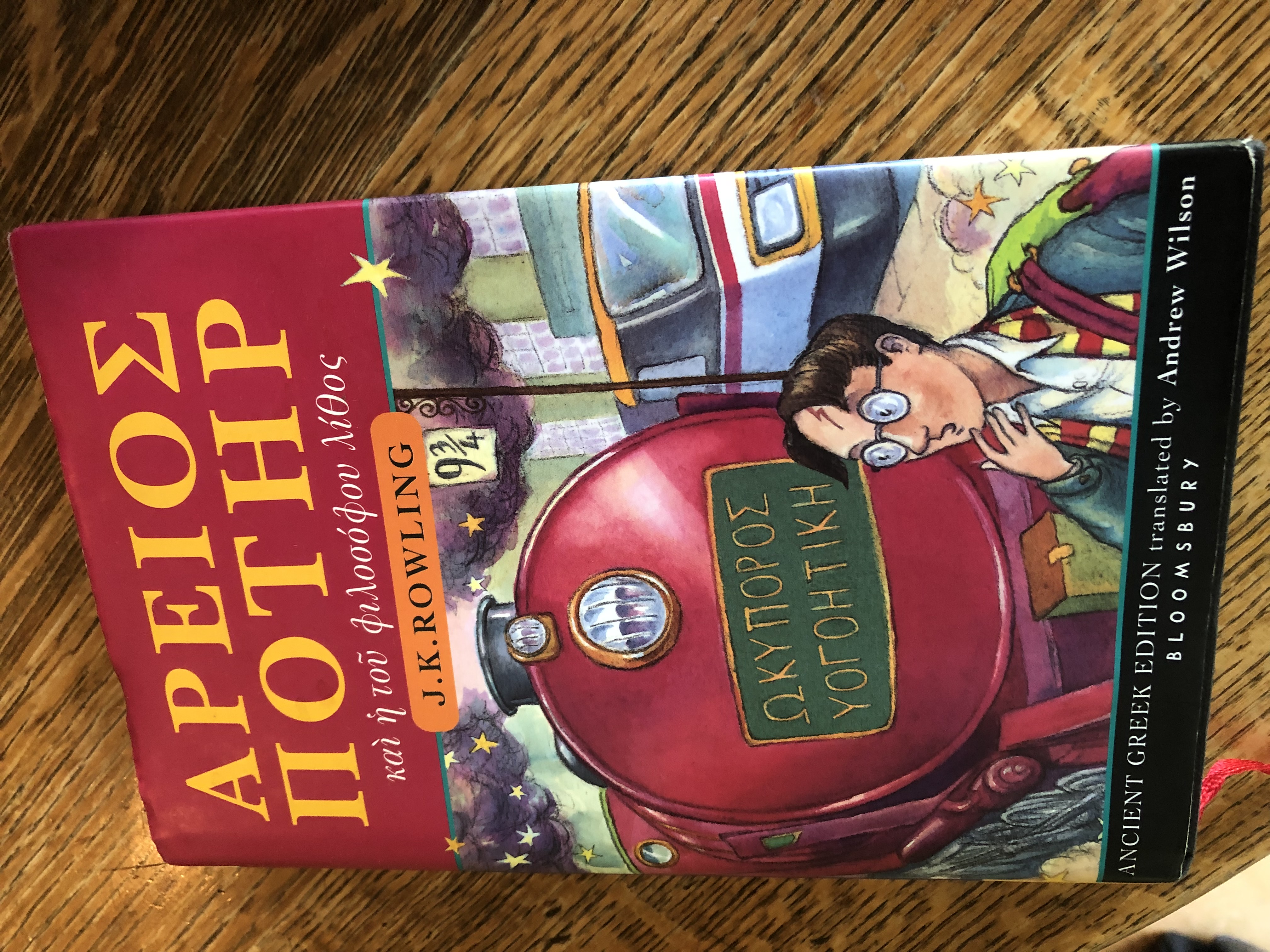 You too can learn to read Jesus’ actual words as they were first written. Join us or start your own group. It’s never boring! And I still haven’t started my copy of “ΑΡΕΙΟΣ ΠΟΤΗΡ και η τοθ φιλοσοφου λιθος” [Harry Potter and the Philosopher’s Stone]. Any volunteers willing to help?
You too can learn to read Jesus’ actual words as they were first written. Join us or start your own group. It’s never boring! And I still haven’t started my copy of “ΑΡΕΙΟΣ ΠΟΤΗΡ και η τοθ φιλοσοφου λιθος” [Harry Potter and the Philosopher’s Stone]. Any volunteers willing to help?
Tony Carr - email: carrt7@gmail.com.
Other News
News from CURAC
Report from the 2022 CURAC Annual General Meeting
by Hank Jacek
On June 16, 2022, I represented MURA at the virtual Annual General Meeting (AGM) of the College and University Retiree Associations of Canada (CURAC). The AGM was divided into three parts: a break-out session, an award session, and a business meeting.
The breakout session was organized around the theme of how to recruit and retain retiree association members. Ten delegates attended this session, and while some found it easy to participate, others had problems with the Zoom technology. In general, most of the members reported poor relationships with university officials, especially senior executives and Human Resources (HR) personnel. I feel that MURA is much better off with our university officials here at Mac. One good practice discussed was weekly coffee-type meetings open to all members and moderated by a council member.The second session was the awarding of the 2022 CURAC Achievement Awards. I found this session the most interesting part of the AGM, most likely because it was the most well-organized. Of special note to MURA members is that an achievement award was given to our own Mary Johnston in recognition of her years of service on the CURAC Board of Directors. Mary served as a Director (2015 – 2017) and then as Secretary (2017 – 2020). Well done, Mary!
The final part was the annual business meeting, at which the new Executive and Board of Directors were elected.
courtesy of Humour is Contagious
|
MURAnews is produced by MURA members Denise Anderson (Production Editor), Helen Barton (News Editor), Nora Gaskin, John Horsman, and Marcia MacAulay. We welcome submissions from MURA members. Contributing writers: Dawnelle Hawes, Mary Johnston, Kathy Overholt, and Ellen Ryan. |
© 2025 McMaster University Retirees Association | Having trouble with this site? Contact our Webmaster. |
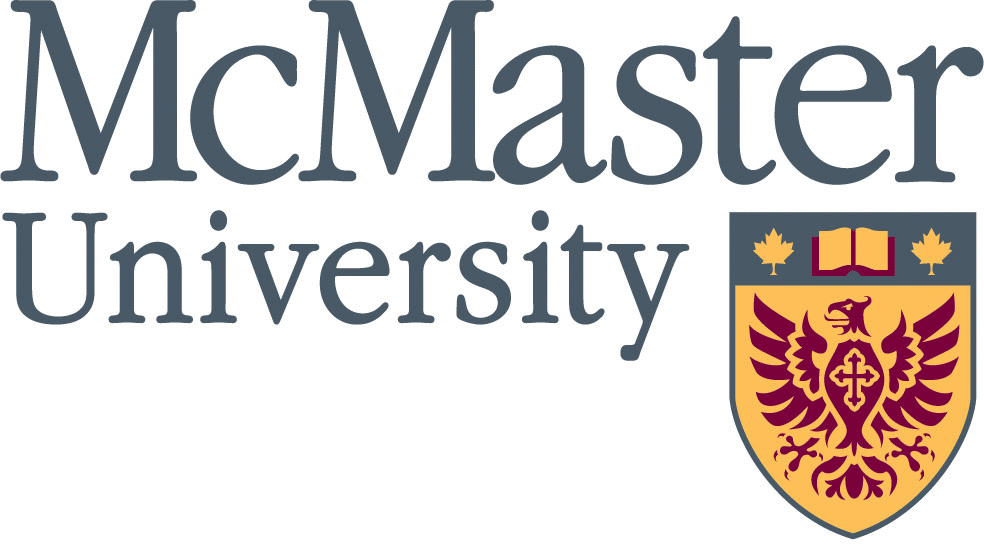
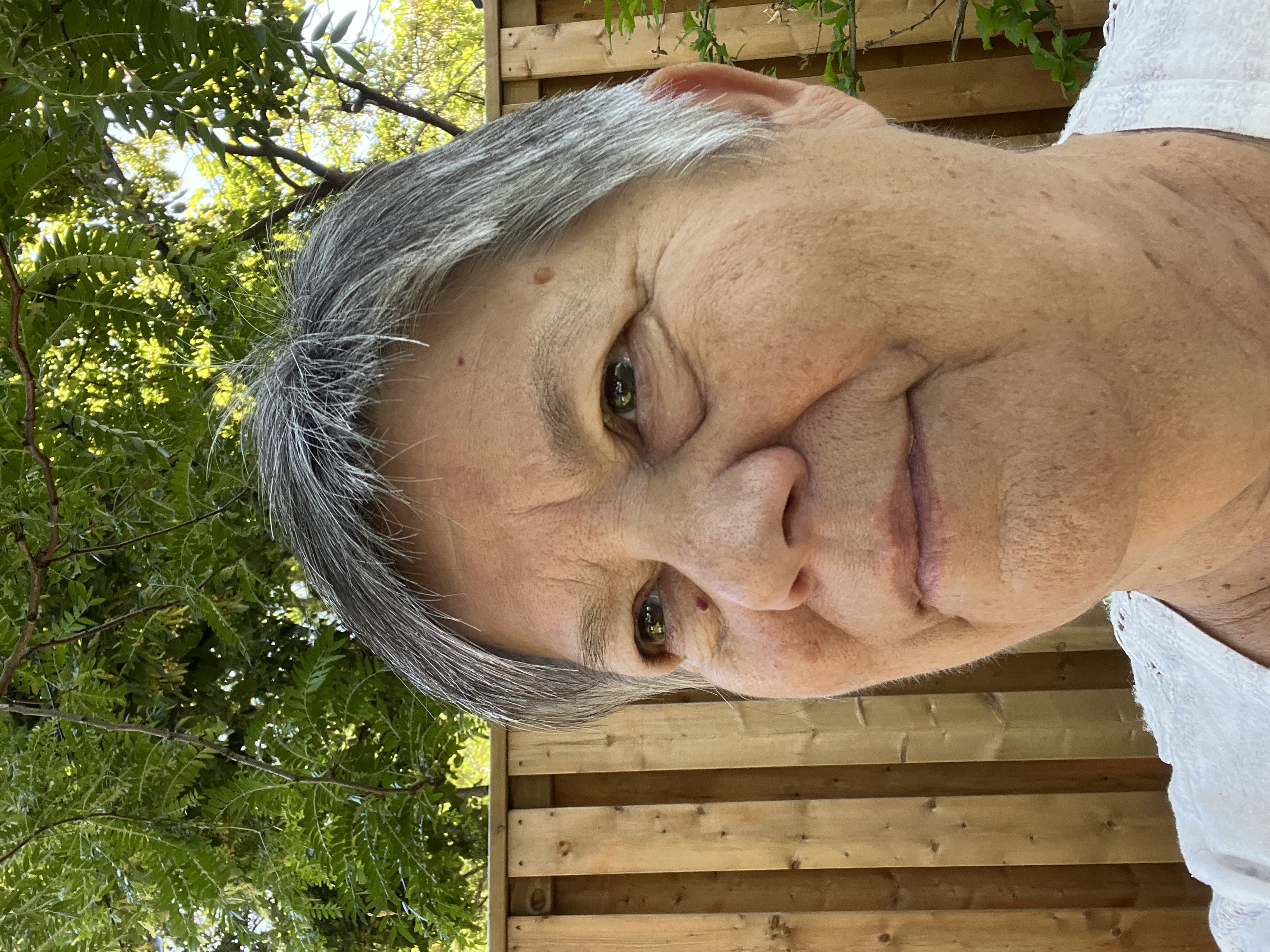 I am honoured to write my first President’s Corner, as I was elected at the Annual General Meeting in June. I have been a student, administrative staff, and faculty at various times at McMaster. I had the pleasure of working in the Faculties of Social Sciences, Business, and Health Sciences. By the time I retired in 2017 after 38 years on staff I felt as though I had a pretty fair understanding of the university. I hope that some of that knowledge will stand me in good stead as I embark on the Presidency of the McMaster University Retirees Association.
I am honoured to write my first President’s Corner, as I was elected at the Annual General Meeting in June. I have been a student, administrative staff, and faculty at various times at McMaster. I had the pleasure of working in the Faculties of Social Sciences, Business, and Health Sciences. By the time I retired in 2017 after 38 years on staff I felt as though I had a pretty fair understanding of the university. I hope that some of that knowledge will stand me in good stead as I embark on the Presidency of the McMaster University Retirees Association.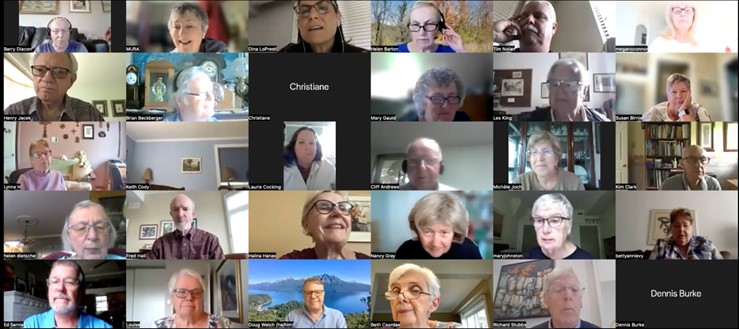 MURA’s 37th annual general meeting on June 7 was the third to take place on Zoom. A number of people signed on early for a very pleasant social time, and it was good to see first-time attendees and old hands, as well as local and far-flung members. Peak attendance at the meeting reached 54.
MURA’s 37th annual general meeting on June 7 was the third to take place on Zoom. A number of people signed on early for a very pleasant social time, and it was good to see first-time attendees and old hands, as well as local and far-flung members. Peak attendance at the meeting reached 54.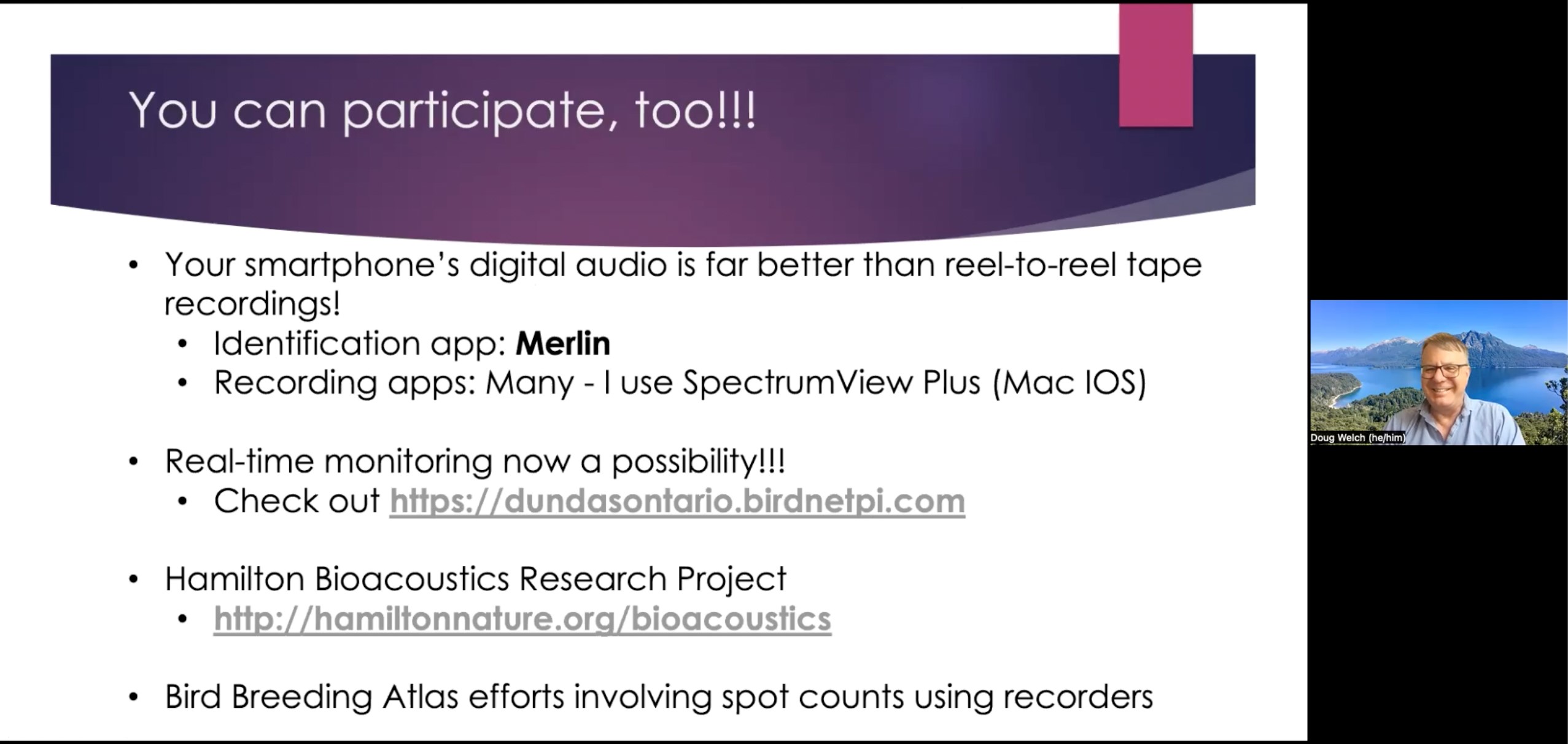 How can you participate? You can identify birds on the fly with your smart phone by listening to them using Cornell Lab of Ornithology’s app,
How can you participate? You can identify birds on the fly with your smart phone by listening to them using Cornell Lab of Ornithology’s app,  Jan Nicholson – As a Financial Consultant with Merrill Lynch, Jan trained in New York for a month in 1984 in the Twin Towers and was in the Hamilton Office on Black Monday (October 19, 1987) managing the fallout. In 1988, Jan set up Streamline Office Projects and Procedures, and consulted for a wide variety of companies over the next 20+ years. Of interest, she covered maternity leaves for the Director of Finance and Administration for Parkdale Community Legal Services and the Marketing Manager for Knightsbridge Human Capital. She planned and executed an office move for Stelco, Welland and an international distributors’ conference in Bangkok, Thailand for Interwood Marketing. As an Administrative Systems Consultant, Jan managed a large number of very diverse projects.
Jan Nicholson – As a Financial Consultant with Merrill Lynch, Jan trained in New York for a month in 1984 in the Twin Towers and was in the Hamilton Office on Black Monday (October 19, 1987) managing the fallout. In 1988, Jan set up Streamline Office Projects and Procedures, and consulted for a wide variety of companies over the next 20+ years. Of interest, she covered maternity leaves for the Director of Finance and Administration for Parkdale Community Legal Services and the Marketing Manager for Knightsbridge Human Capital. She planned and executed an office move for Stelco, Welland and an international distributors’ conference in Bangkok, Thailand for Interwood Marketing. As an Administrative Systems Consultant, Jan managed a large number of very diverse projects.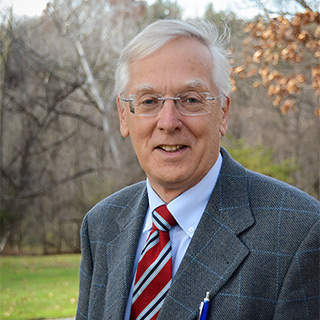 Richard Stubbs – I joined the Political Science Department in 1990. Originally from the UK, I have lived and worked in various parts of Canada including Vancouver, Edmonton, Antigonish, Ottawa and Toronto. I arrived in the Department as an Associate Professor and taught courses in International Relations, International Political Economy and Comparative Politics. My research concentrated mainly on East and Southeast Asia. I was promoted to Professor in 1994 and was Chair of the Department from 1997 to 2002. Between 2007 and 2010 I was first, Vice President, then President and finally Past President of MUFA. I have served two terms on Senate and spent time as the MUFA Observer to Senate and to the Board of Governors. In 2014 I was given the MUFA Award for Outstanding Service and the CAUT Dedicated Service Award. Beyond McMaster I have been involved with a variety of professional organizations, including the Canadian Political Science Association, the Canadian Council for Southeast Asian Studies, the Canadian Asian Studies Association, the University of Toronto-York University Joint Centre for Asia Pacific Studies, and the Canada-ASEAN Centre (Singapore).
Richard Stubbs – I joined the Political Science Department in 1990. Originally from the UK, I have lived and worked in various parts of Canada including Vancouver, Edmonton, Antigonish, Ottawa and Toronto. I arrived in the Department as an Associate Professor and taught courses in International Relations, International Political Economy and Comparative Politics. My research concentrated mainly on East and Southeast Asia. I was promoted to Professor in 1994 and was Chair of the Department from 1997 to 2002. Between 2007 and 2010 I was first, Vice President, then President and finally Past President of MUFA. I have served two terms on Senate and spent time as the MUFA Observer to Senate and to the Board of Governors. In 2014 I was given the MUFA Award for Outstanding Service and the CAUT Dedicated Service Award. Beyond McMaster I have been involved with a variety of professional organizations, including the Canadian Political Science Association, the Canadian Council for Southeast Asian Studies, the Canadian Asian Studies Association, the University of Toronto-York University Joint Centre for Asia Pacific Studies, and the Canada-ASEAN Centre (Singapore).

 Volunteers are required for the Welcome Inn Community Centre’s Community Visitation program. Volunteers are matched up with seniors in the Hamilton area to talk by phone on a regular basis. The goal is to offer friendship and support in an effort to ease isolation and ensure seniors are able to live independently for as long as possible.
Volunteers are required for the Welcome Inn Community Centre’s Community Visitation program. Volunteers are matched up with seniors in the Hamilton area to talk by phone on a regular basis. The goal is to offer friendship and support in an effort to ease isolation and ensure seniors are able to live independently for as long as possible.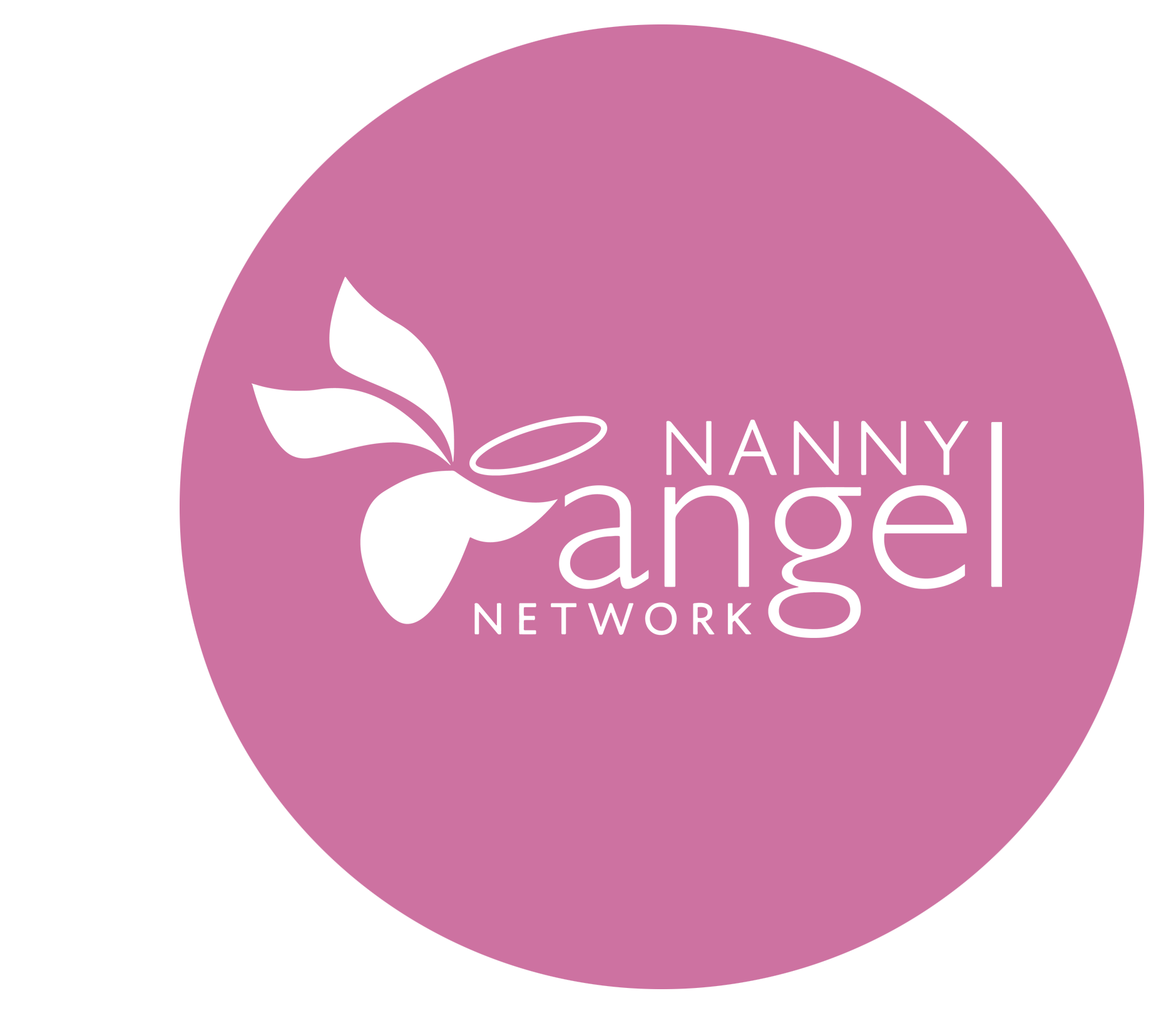 The Nanny Angel Network (NAN) has expanded free cancer support to the Hamilton area. NAN provides free in-home and virtual childcare support to moms with cancer and their children.
The Nanny Angel Network (NAN) has expanded free cancer support to the Hamilton area. NAN provides free in-home and virtual childcare support to moms with cancer and their children.